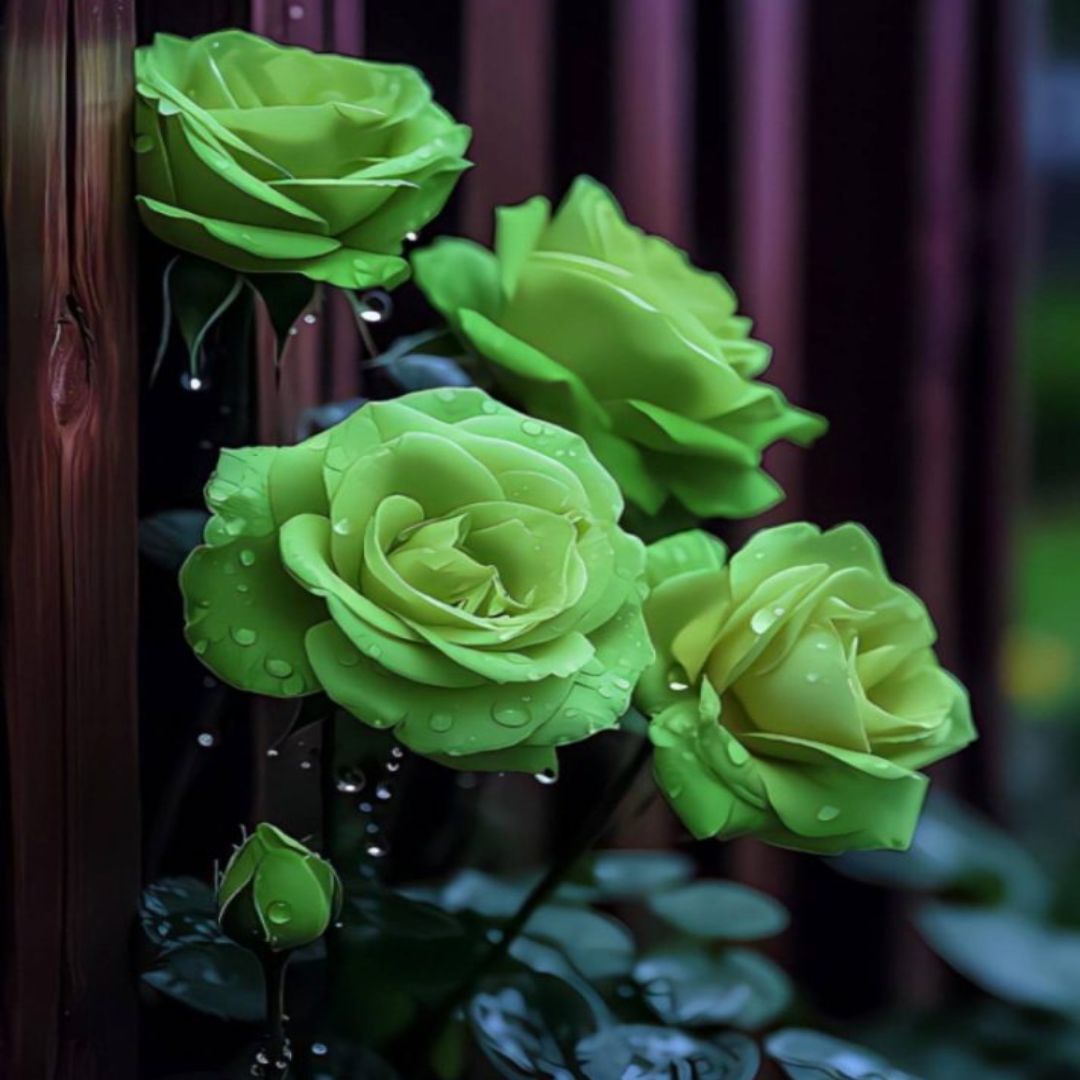A flower garden is a wonderful way to enhance your home’s curb appeal and welcome pollinators to your yard. But curating the perfect flower garden can be daunting, especially if you’re a beginner.
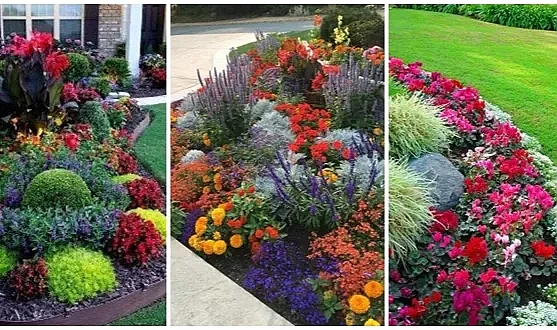
Where on your landscape should it go? What types of flowers should you grow? How do you arrange the flowers for maximum visual intrigue? While answering some of these questions may seem challenging at first, it will be well worth it once you see your garden come to life. With the right tools, techniques, and vision, you’ll be well on your way to starting a beautiful flower garden.
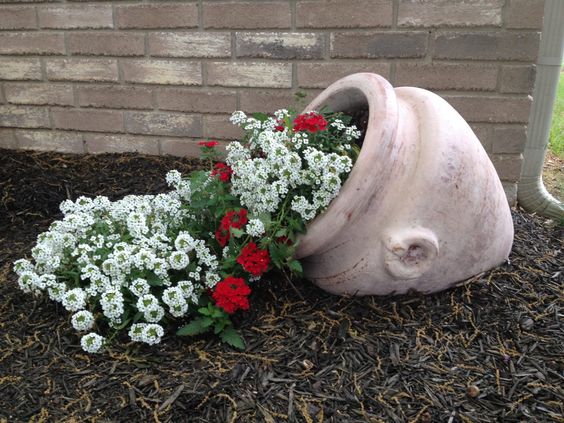 Choose a Location for Your Flower Garden
Choose a Location for Your Flower Garden
The first step to starting a flower garden is choosing the right place for it. Begin by considering the needs of the plants you want to grow—think about how much water, sunlight, and the type of soil they need to survive. For example, if you’re growing full-sun perennials, your flower garden should be in an area that receives at least six hours of sunlight. “Flowers that prefer full sun will die quickly in a shady garden bed and full-shade plants will crisp in harsh light,” says Molly E. Williams, gardening expert and author.
Also consider what the irrigation in your yard is like. “You don’t want to make a flower bed or plant a ton of plants and seeds in an area of your yard that holds water,” says Williams. “Everything will mostly rot if that’s the case. Choose an area that drains and dries out evenly after a rain.”
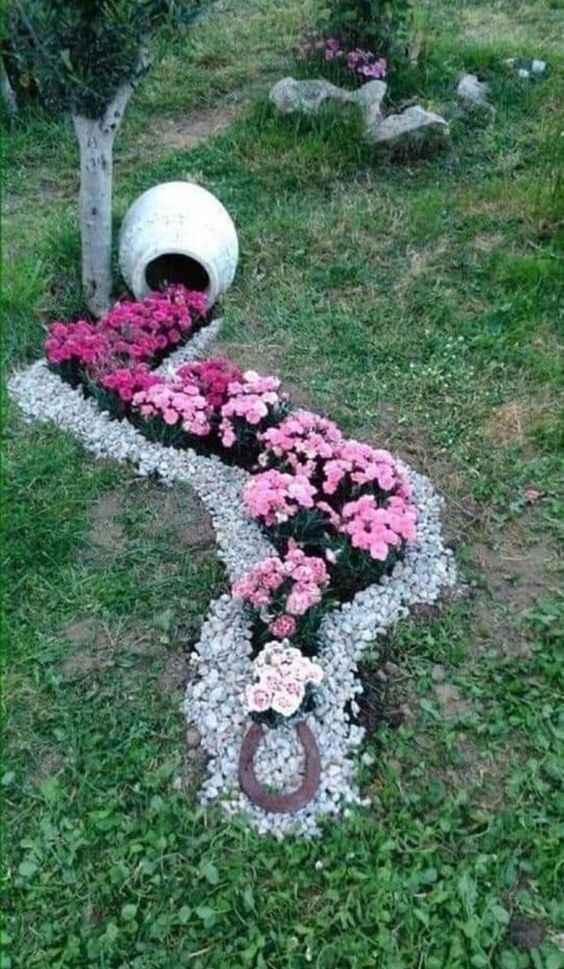 Test Your Soil
Test Your Soil
Many people opt to test their soil to learn more about its properties before planting. This gives you insight into the sod’s pH and available nutrients, which helps you decide what amendments are needed. “Based on the results of your soil test, you can add organic fertilizers or supplements to the bed to provide essential nutrients for flower growth,” says Barbara Shea, director of marketing at Tertill. “Keep in mind different types of plants may need different nutrients, so be sure to research what your plants need.”
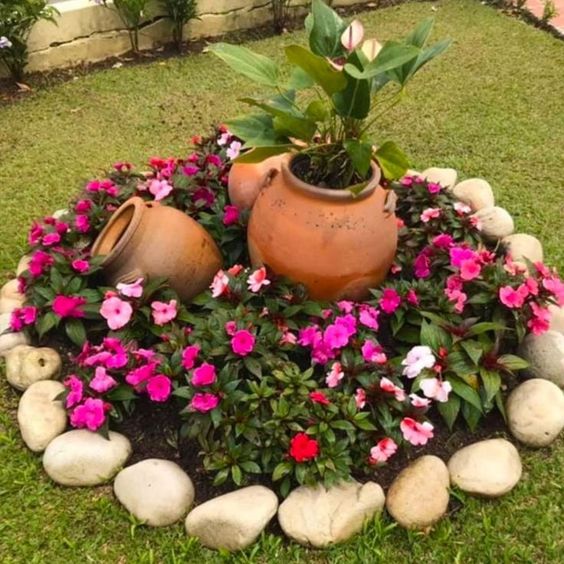 Know Your USDA Growing Zone
Know Your USDA Growing Zone
Your USDA growing zone determines which plants will grow best in your yard. “Choosing plants outside your growing zone means they won’t tolerate the heat or cold where you live and they likely won’t return next year,” says Shea. Familiarizing yourself with your area’s first and last frost dates is also important, because they indicate when to plant your flowers. During a frost, water in the soil freezes and the plant’s roots cannot take up water and nutrients.
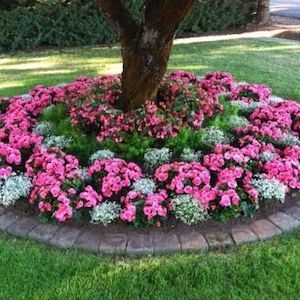
Make Your Flower Bed
If you don’t already have a garden bed, you have two choices: make an in-ground bed or opt for a raised one. To make an in-ground bed, you’ll need to remove all existing vegetation, including grass and weeds, before turning the soil over. “On a new bed, this can take a lot of work, but it will get easier for the following years,” Williams says. Alternatively, raised garden beds are typically ready to go as is (unless you’re DIYing one)—just fill them with the appropriate soil and being planting.
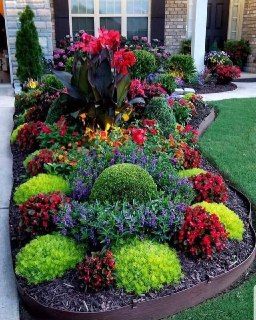 Choose Your Flowers
Choose Your Flowers
The sky is the limit when it comes to selecting flowers for your garden, which can make it difficult to narrow down your selection. It helps to understand what type of garden you want to grow. A cutting garden, so you can use your blooms to make flower arrangements? A low-maintenance garden filled with native plants? Or perhaps you want one that attracts pollinators, like butterflies and bees. Once you know your garden’s purpose, you’ll be able to determine which flowers work and which don’t.
“Regardless of the theme or color palette of your garden, your plant selections will need to factor in your USDA zone, the sunlight exposure your bed receives, soil composition and nutrients, any pests or wildlife impacting your area, and your capacity or desire for ongoing maintenance,” says Jim Putnam, founder of HortTube and Southern Living Plant Collection expert.
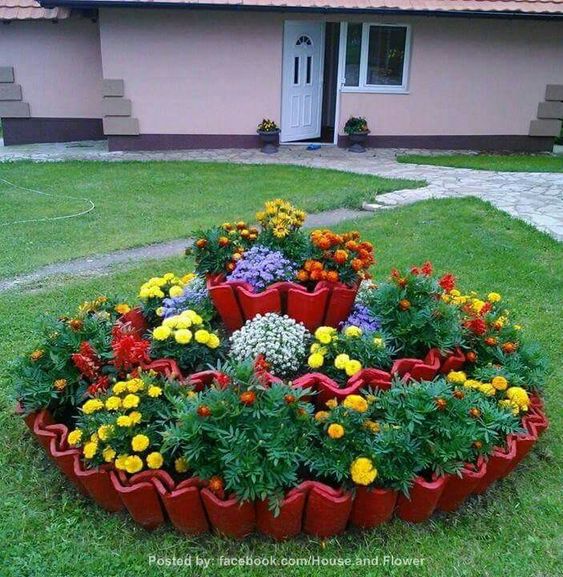 How to Design Your Flower Garden
How to Design Your Flower Garden
Now that you’ve chosen a location, made your flower bed, and selected your flowers, it’s time for the fun part—designing your garden. As the main focal point of your yard, your flower bed should be something you enjoy looking at daily. Curved lines works better than sharp edges because they lead the eye around the space. “Flowers and shrubs can also be used to hide certain objects in your yard like electrical boxes, HVAC units, or trash cans,” says Williams.
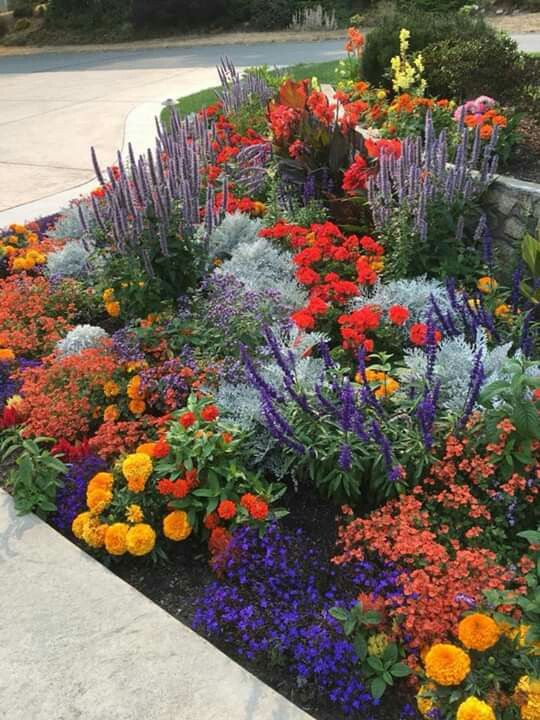
Choose a Color Scheme
Brainstorm color schemes and decide on two to three colors to focus on, as well as a few different types of flowers. “Less is more—too many flower types or colors in a garden bed can look like a mismatched outfit,” says Shea. “Limiting your flowers or color palette can tie the garden together and help the space look more professional.”
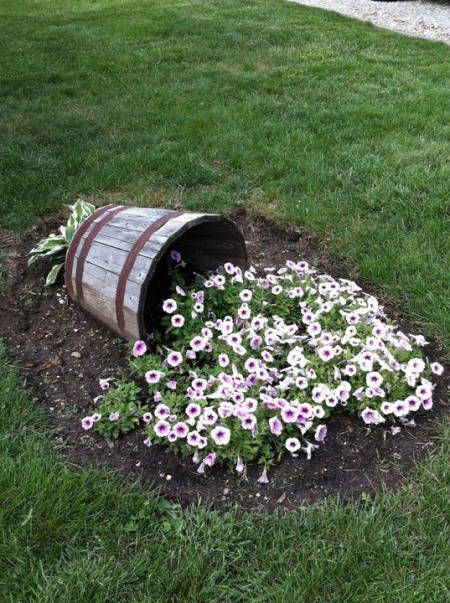
Cluster Flowers in Odd Numbers
To give your garden a natural, less-curated look, consider clustering blooms in odd numbers. Simply plant each flower variety in groups of threes or fives and watch how beautiful they look when mature.
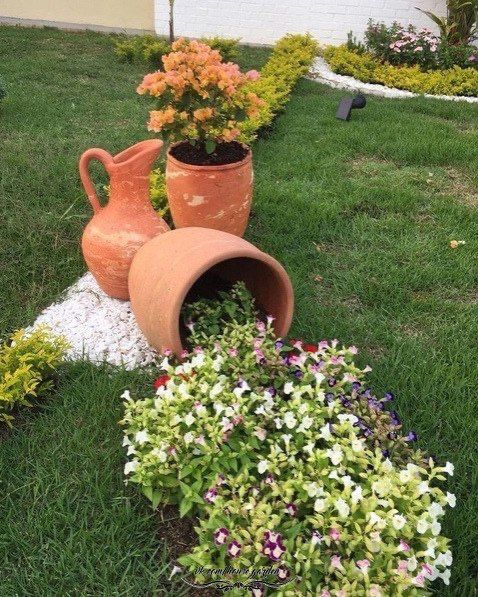
Mix Perennials and Annuals
Create dimension in your garden by integrating a few different plant types. “Using a combination of annuals, perennials, and flowering shrubs is a terrific way to maximize the intensity of blooms in your garden bed throughout the growing season,” says Putnam. If you’ve chosen a mix of annual and perennial flowers, it’s important to note that perennials take about three years to flourish. For that reason, we recommend using annuals to supplement holes in perennial garden beds. “Annuals are also great for adding color to high-traffic areas such as front walkways, pools, or decks, or other areas that you want color all summer,” Shea says.
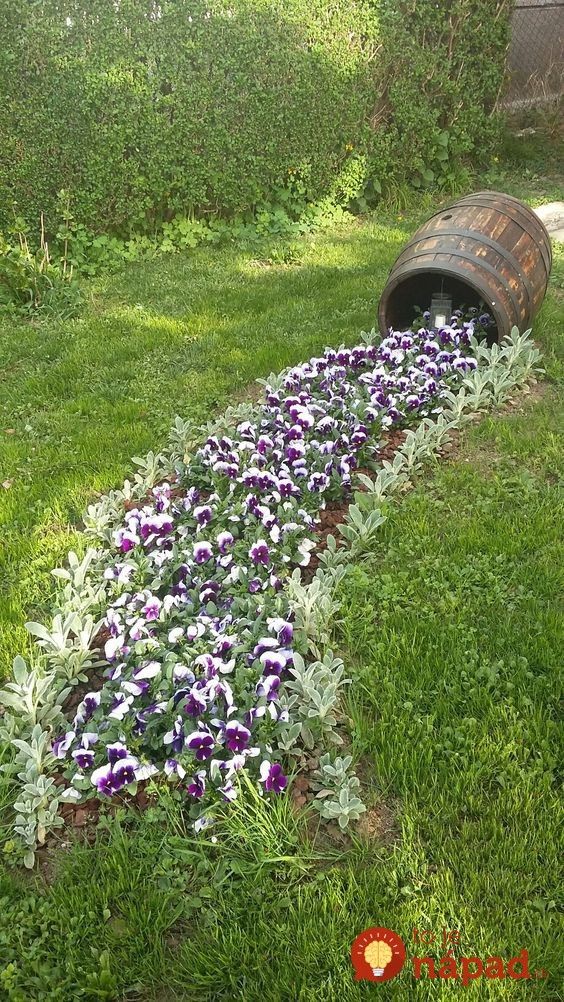
Choose Focal Flowers
Think about your garden the same way you would a flower arrangement, which should have greenery, focal flowers, and filler flowers. Focal flowers are typically discs—flowers with symmetrical petals arranged in a circle around the flower head (like roses). Offset the focal flowers, which should be placed closer to the back or middle of your bed, with spike flowers (like snapdragon) and airy flowers (like feverfew). These act as fillers in your garden and can be planted closer to the front of your bed.
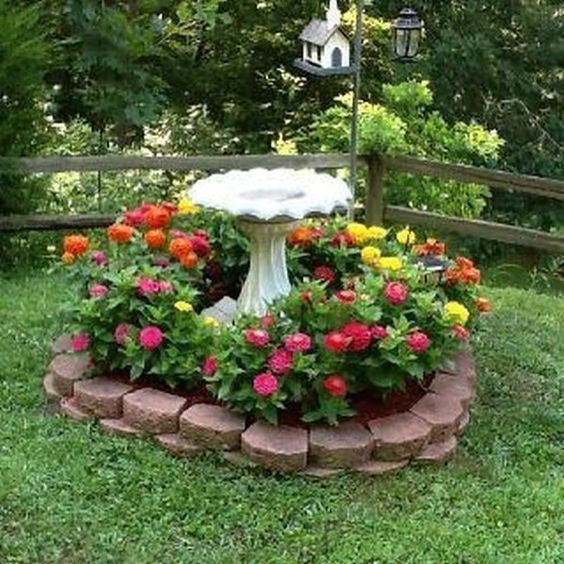
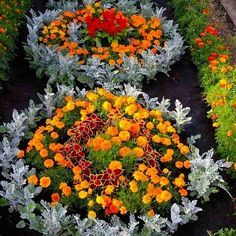
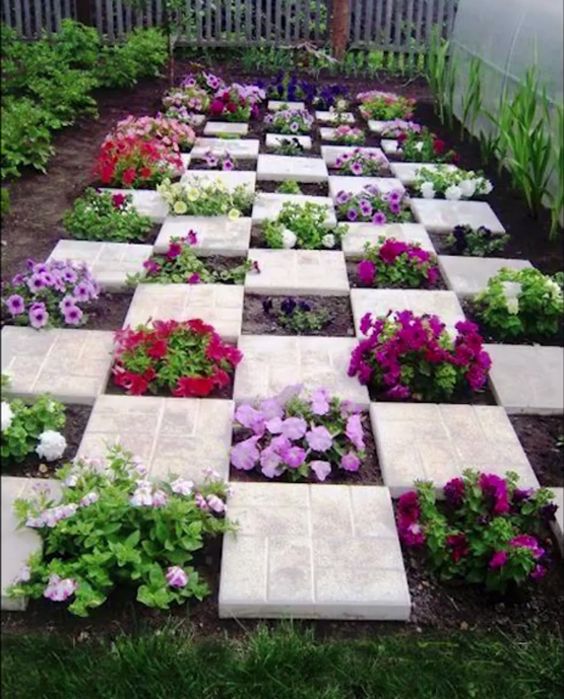
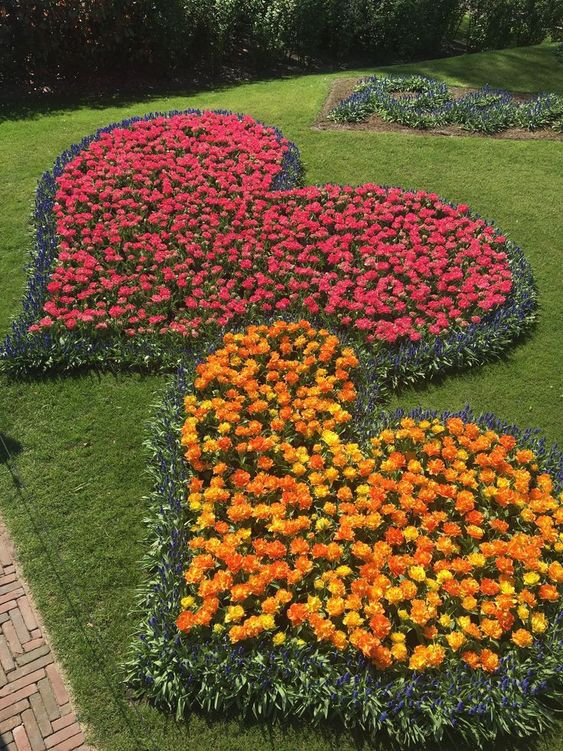
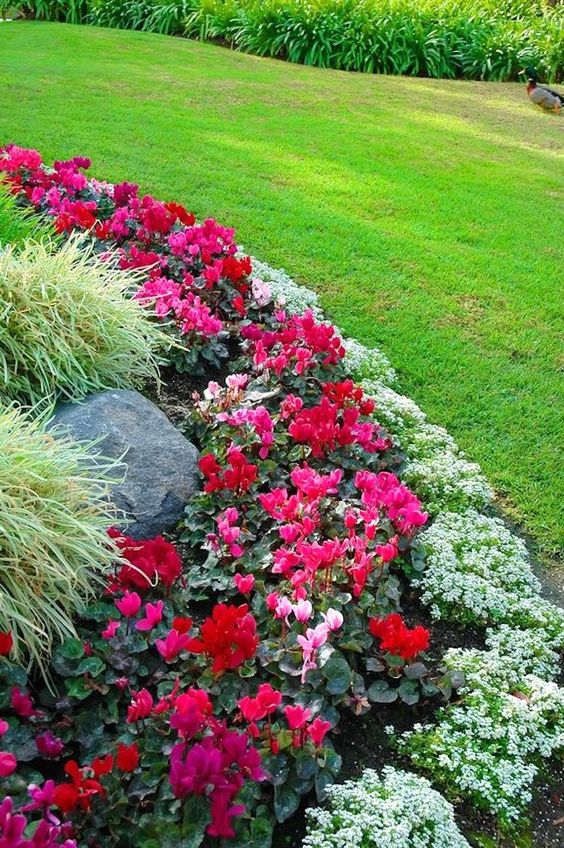
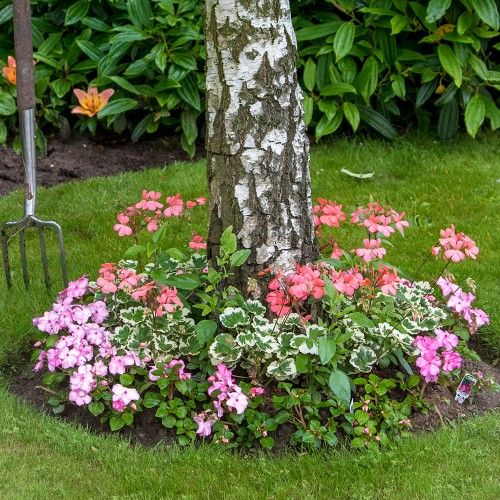
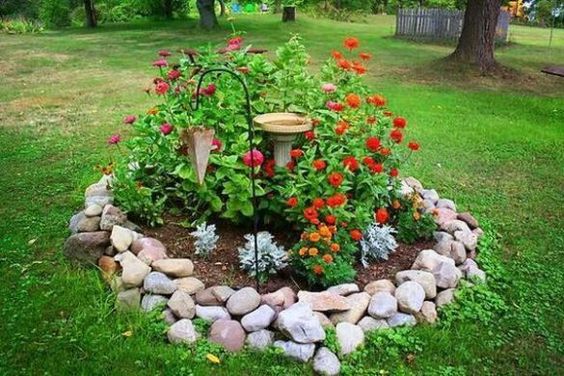
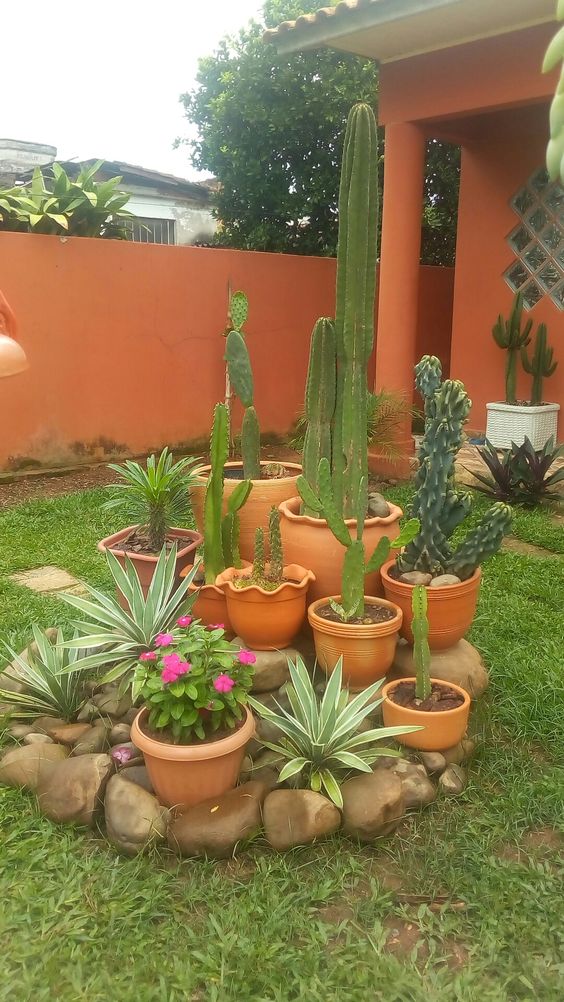
Soucre: thesun


